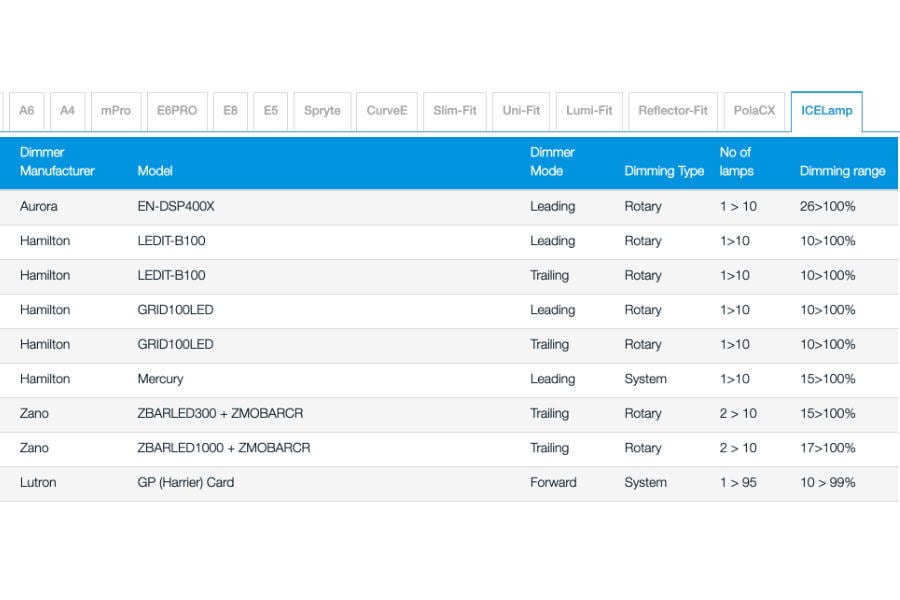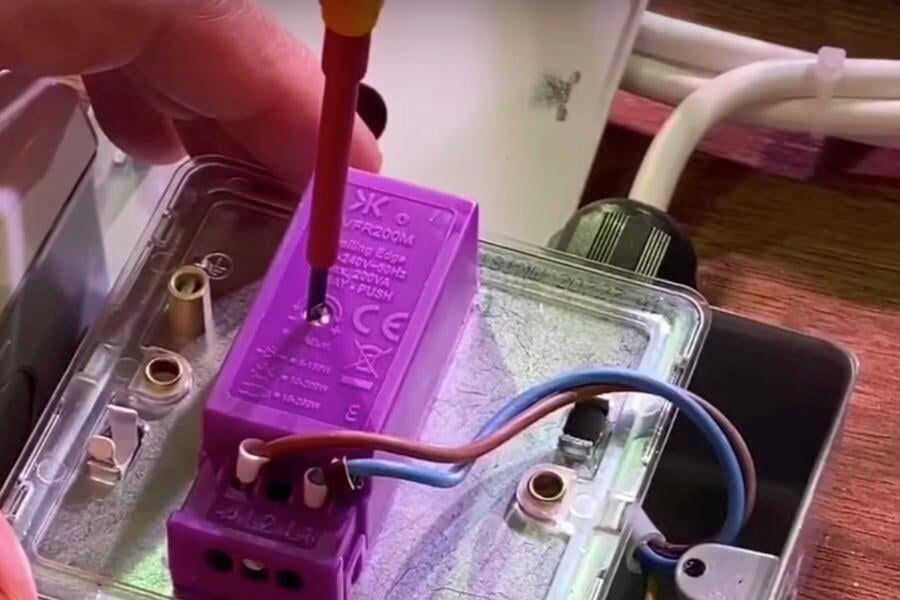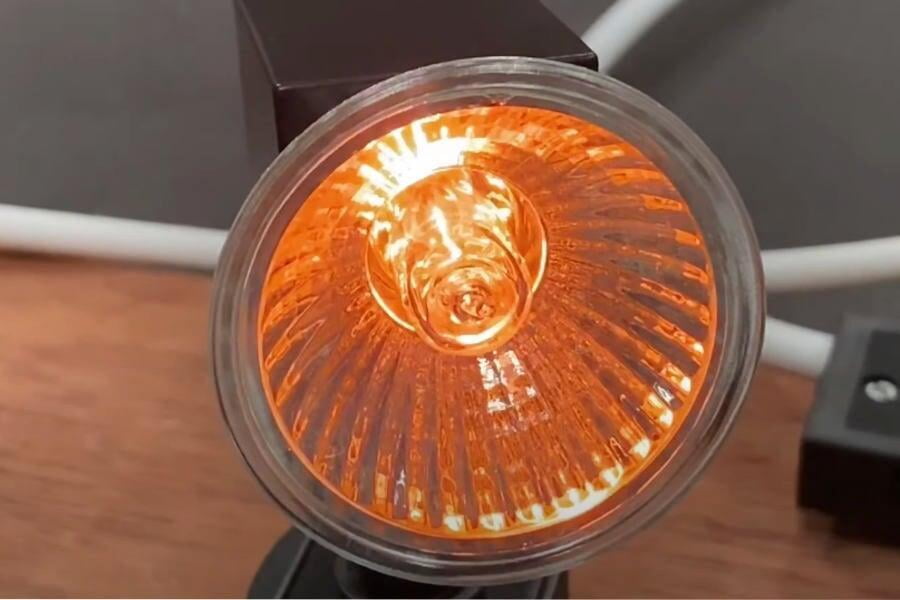Dimming LED Lamps
by Gordon Routledge
Monday 26th October 2020
SHARE IT
Why should you dim LEDs?
VIDEO - NEW Series: The complete guide to LED lamp dimming
What's the problem with dimming LED lamps?
VIDEO - Leading edge or trailing edge dimmers?
Lamp and dimmer compatibility
Setting the low-end light level
VIDEO - Setting up low end dimming
Dimming problems
Dimming problems: Why is my LED lamp noisy?
Noise
Dimming Problems: Why does my lamp flash?
Flashing or flickering
Something special dim to warm LED lamps
VIDEO - Dim to warm LED lamp technology
SHARE IT
Got a question about dimming LED lamps?
What we used to make this video series:
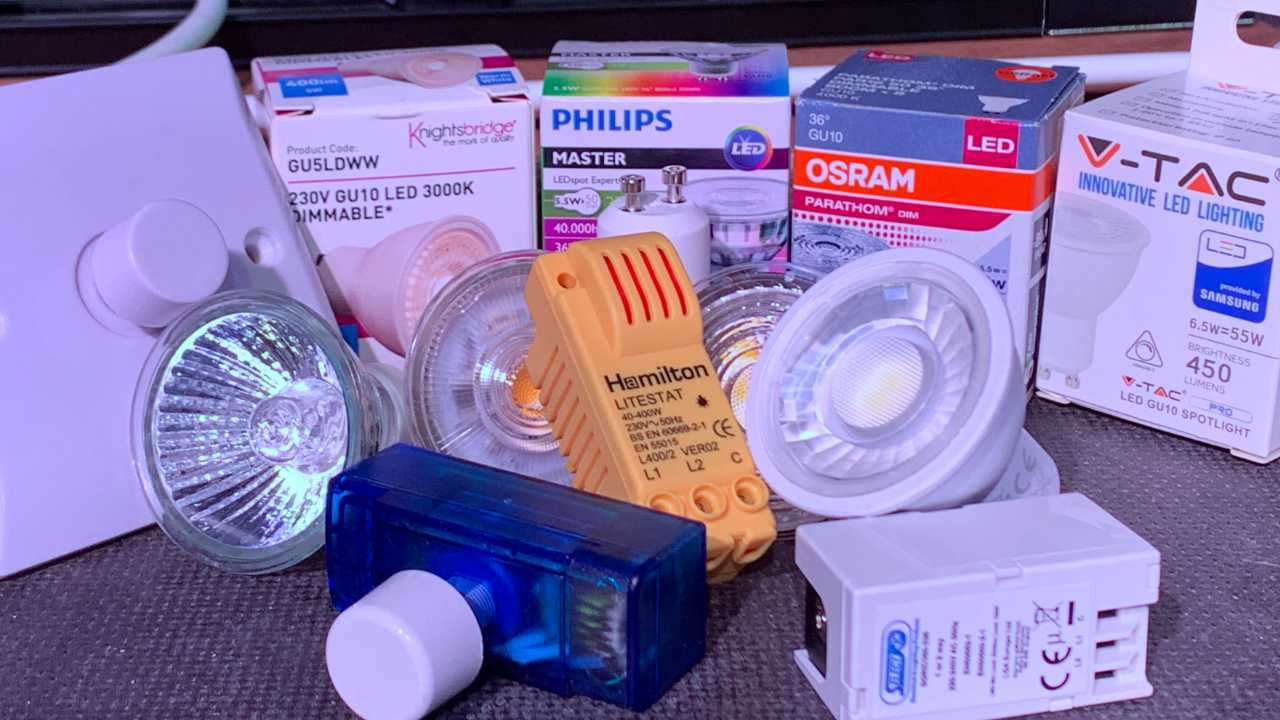
Dimmers
Hamilton LED IT B 100
Selectric SGRID360-336
Aurora EN-DSP400X
Knightsbridge VFR200M
LAP* 273CC
*Mystery dimmer
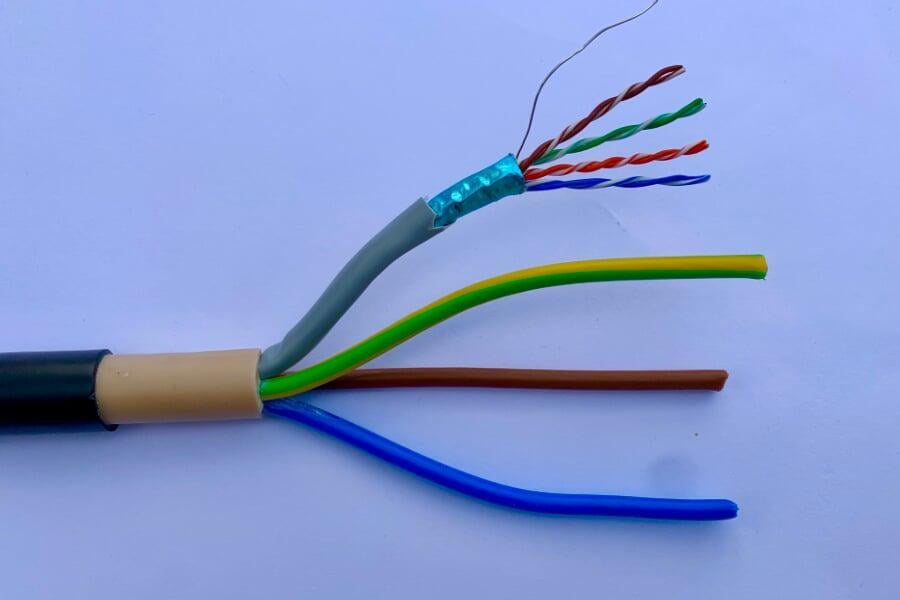
GU10 LED Lamps
Philips MasterLEDspot ExpertColor MV
Philips DimTone
Osram Parathom
V-TAC Pro
Aurora ICE Lamp
GET THE NEWSLETTER
Subscribe to eFIXX to get know how, product reviews and great business tips.

Test rig
Knightsbridge GU10 Recessed downlight.
Wago Winsta connector system.
